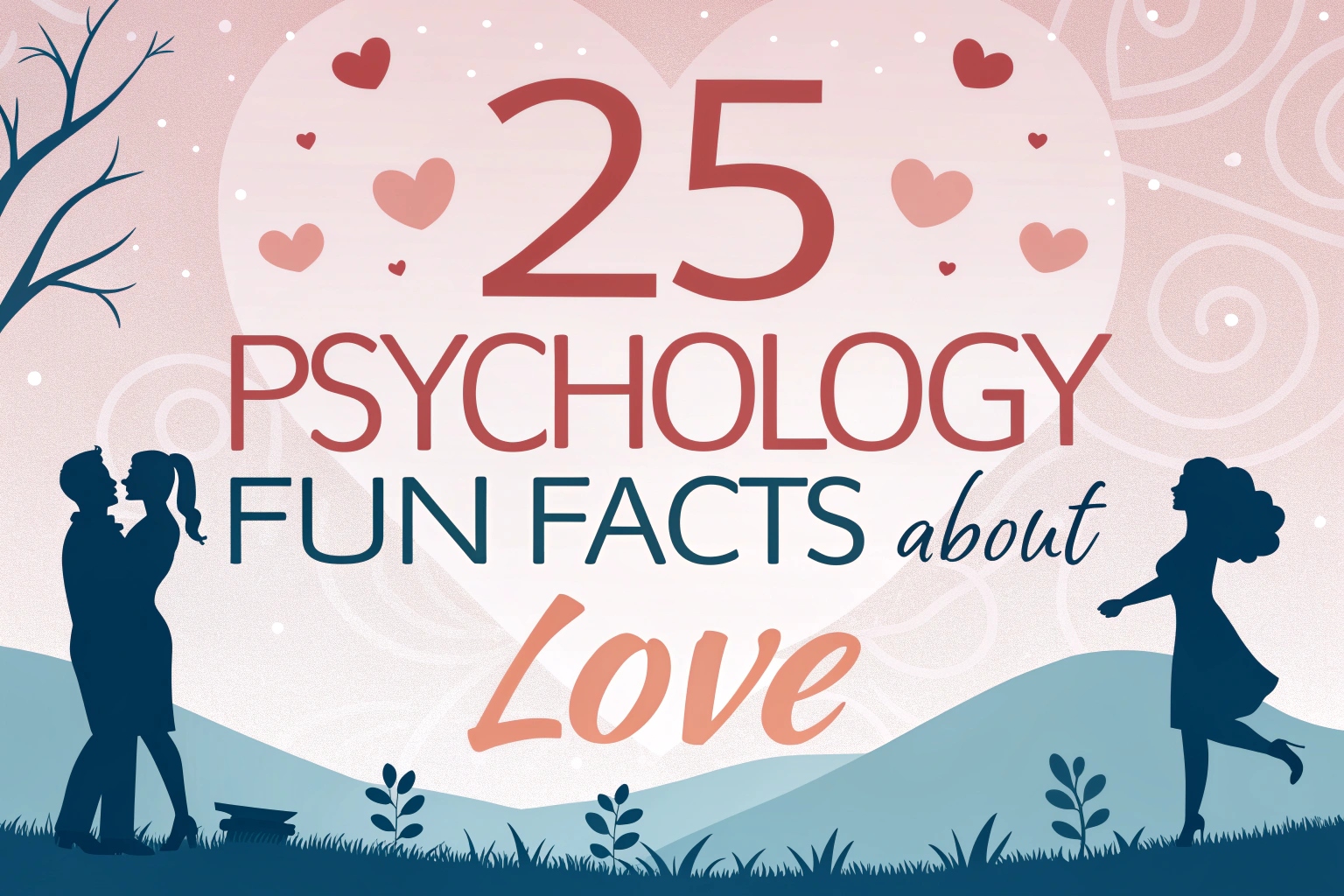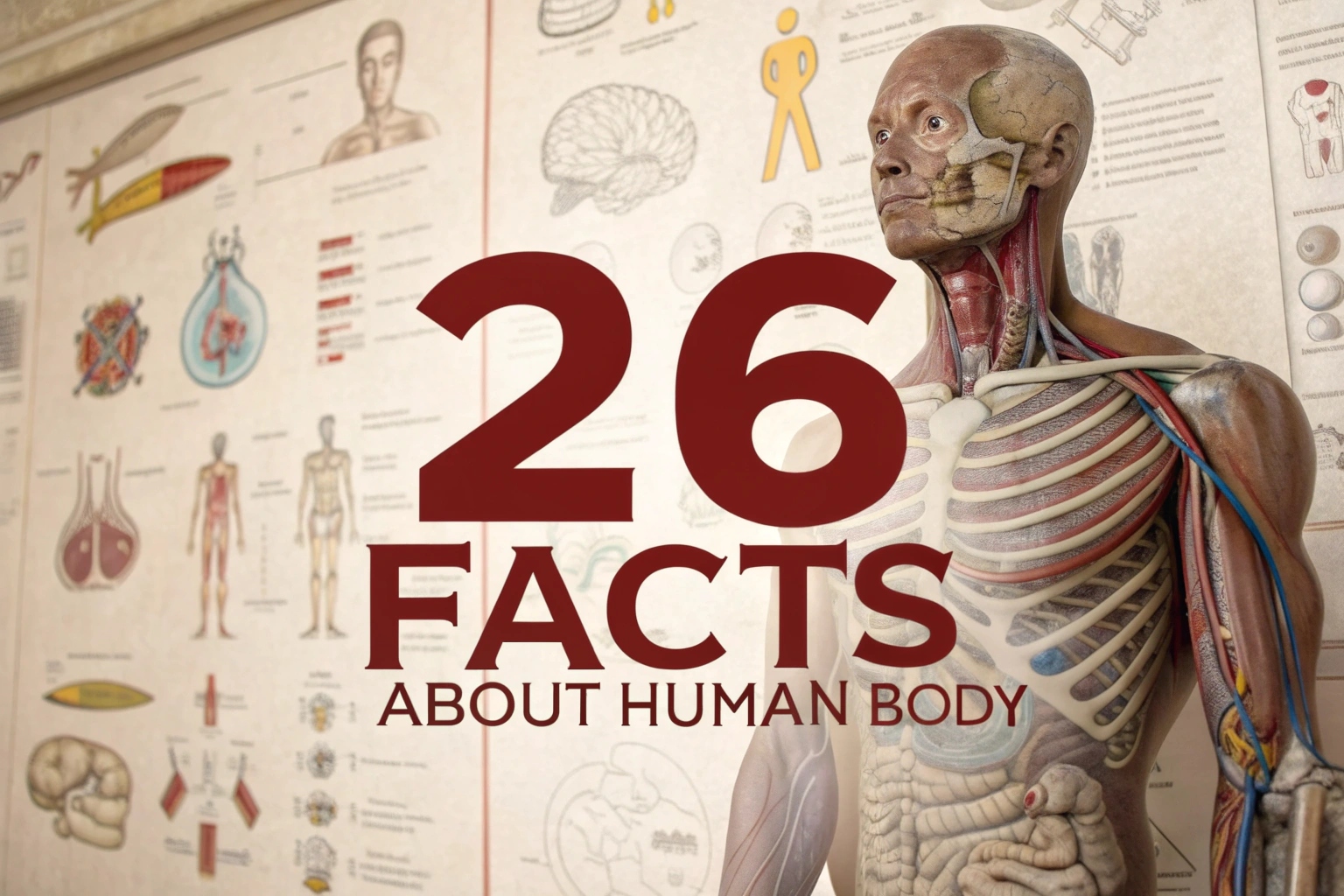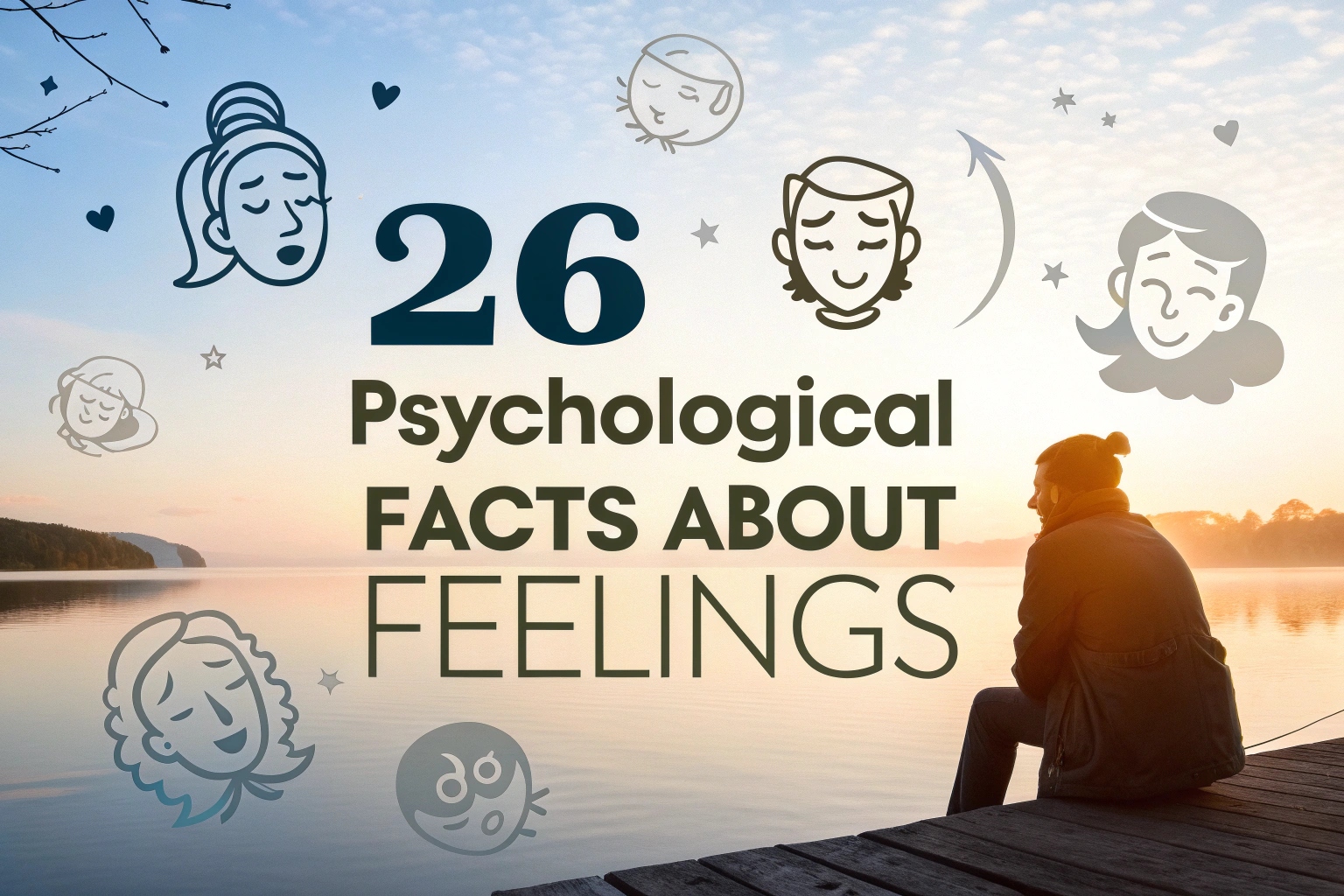This Valentine’s Day, delve into the fascinating world of love and romance. From ancient traditions to modern-day celebrations, there’s more to this holiday than meets the eye.
Get ready to have your heart melted with these interesting and unique facts that will make you see Valentine’s Day in a whole new light.
1. The Origin of Cupid
Cupid, the mischievous matchmaker, has its roots in ancient Roman mythology. Originally known as Eros, Cupid was the son of Venus, the goddess of love.
With his magical arrows, Cupid could inspire love or hatred in the hearts of mortals, making him a powerful and fascinating figure in the world of love and romance.
2. Victorian-Era Love Letters
During the Victorian era, love letters were a popular way for couples to express their feelings. These letters were often decorated with intricate designs, perfume, and other romantic gestures.
The tradition of exchanging love letters has continued to this day, with many couples cherishing handwritten notes as a symbol of their love.
3. The World’s Oldest Known Valentine’s Day Message
The world’s oldest known Valentine’s Day message was written by Charles, Duke of Orleans, in 1415. The poem, written to his wife while he was imprisoned in the Tower of London, is a beautiful expression of love and devotion.
This ancient message has been preserved for centuries, serving as a reminder of the enduring power of love.
4. Japan’s Unique Valentine’s Day Tradition
In Japan, Valentine’s Day is celebrated on two separate days: February 14th and March 14th. On February 14th, women give gifts to men, and on March 14th, known as “White Day,” men return the favors.
This unique tradition allows both men and women to show their appreciation for each other, making it a special and thoughtful celebration.
5. The Science of Love
Research has shown that falling in love can have a profound impact on our brain chemistry, releasing hormones such as oxytocin, dopamine, and serotonin.
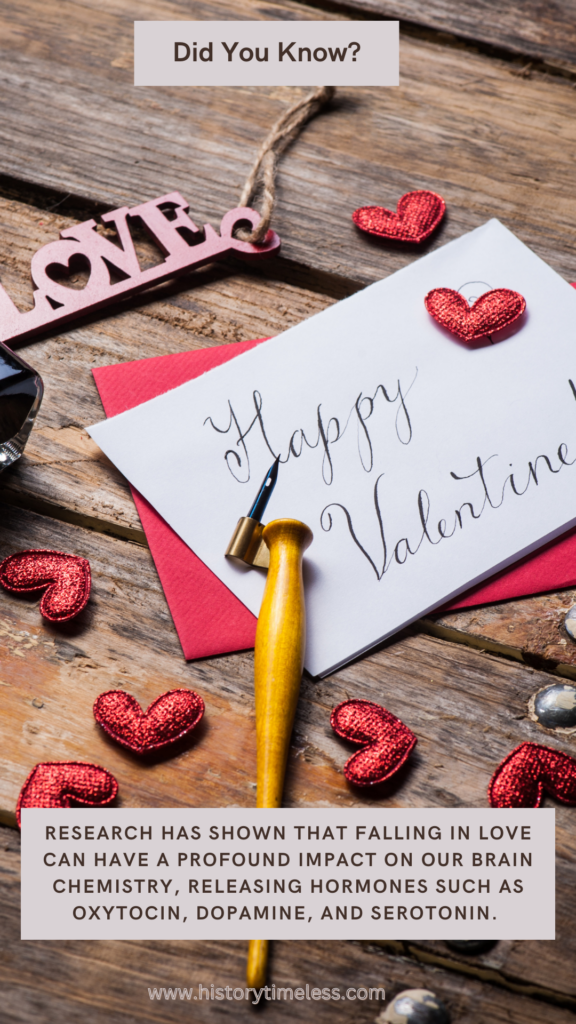
These chemicals can create feelings of euphoria, excitement, and attachment, making us feel like we’re on top of the world. The science behind love is fascinating, and understanding it can help us appreciate the complexities of human relationships.
6. The Tradition of Wearing Red
In many cultures, wearing red on Valentine’s Day is believed to bring good luck and ward off evil spirits. The color red is also associated with the heart, symbolizing love, passion, and energy. Whether it’s a red dress, tie, or roses, this vibrant color adds a pop of excitement to Valentine’s Day celebrations.
7. The History of Conversation Hearts
Conversation hearts, those sweet and sentimental candies, have been around since the 1860s. Originally made by hand, these candies were designed to help people express their feelings in a fun and playful way.
Today, conversation hearts are a beloved Valentine’s Day treat, with messages ranging from “Be Mine” to “I Love You.”
8. South Korea’s Black Day
In South Korea, April 14th is known as “Black Day,” a holiday where single people mourn their single status. On this day, singles wear black clothing and gather to eat black noodles, symbolizing their solo status.
While it may seem somber, Black Day has become a lighthearted and humorous way for singles to poke fun at their relationship status.
9. The Symbolism of Roses
Roses have been a symbol of love and romance for thousands of years, with different colors representing various emotions. Red roses signify passion and love, while pink roses represent appreciation and gratitude.
The language of roses is complex and beautiful, allowing us to convey our feelings through these stunning flowers.
10. Ancient Roman Festival of Lupercalia
The ancient Roman Festival of Lupercalia, celebrated from February 13th to 15th, involved fertility rites and pairing of women with men by lottery.
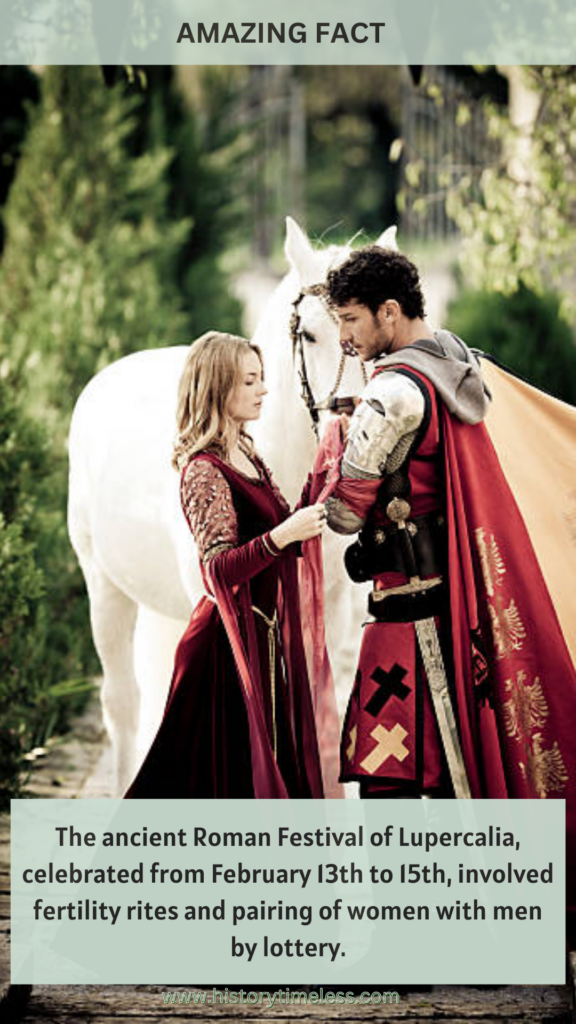
This festival is often considered one of the origins of modern-day Valentine’s Day, with its focus on love, romance, and matchmaking. The festival’s traditions have evolved over time, but its essence remains a part of Valentine’s Day celebrations.
11. The World’s Largest Valentine’s Day Card
In 2017, a giant Valentine’s Day card was created in Dubai, measuring over 10 feet tall and 15 feet wide. This massive card was adorned with intricate designs and messages, making it a stunning display of love and affection.
While it may not be the most practical Valentine’s Day gift, this enormous card showcases the creativity and enthusiasm of the holiday.
12. Denmark’s Unique Valentine’s Day Tradition
In Denmark, Valentine’s Day is celebrated with a unique tradition called “gaekkebrev.” On this day, men give women a funny poem or rhyme, often accompanied by a small gift.
The women then have to guess who sent the poem, adding an exciting element of mystery to the celebration.
13. The History of Valentine’s Day in the United States
Valentine’s Day was first introduced to the United States in the 18th century by British settlers. However, it wasn’t until the mid-19th century that the holiday gained popularity, thanks in part to the efforts of Esther A. Howland, who created and sold the first mass-produced Valentine’s Day cards.
14. The Legend of Saint Valentine
According to legend, Saint Valentine was a brave priest who defied Emperor Claudius II’s ban on marriage. Saint Valentine continued to perform secret weddings, and when caught, he was executed on February 14th.
During his imprisonment, Saint Valentine is said to have healed the daughter of his jailer and converted her and others to Christianity, cementing his status as a symbol of love and devotion.
15. The Tradition of Love Locks
Love locks, those charming padlocks adorned with couples’ names and dates, have become a popular way for lovers to declare their commitment to each other.
Originating in Serbia, this tradition has spread worldwide, with couples attaching their love locks to bridges, fences, and other public structures, creating a beautiful and enduring symbol of love.
16. The Power of Oxytocin
Oxytocin, often referred to as the “love hormone,” plays a crucial role in social bonding and attachment. Released during physical touch, oxytocin can strengthen relationships and create feelings of trust and intimacy. This hormone is a key component of romantic love, making it a fascinating aspect of human relationships.
17. The Cultural Significance of Valentine’s Day
Valentine’s Day is celebrated in many countries around the world, with different cultures adding their unique twist to the holiday.
In some countries, Valentine’s Day is a day for expressing love and appreciation for family and friends, while in others, it’s a day for romantic love and relationships. This diversity highlights the complexity and richness of human relationships.
18. The Economic Impact of Valentine’s Day
Valentine’s Day is a significant economic event, with billions of dollars spent on gifts, flowers, and other romantic gestures.
According to estimates, the average person spends around $150 on Valentine’s Day, making it one of the most lucrative holidays of the year. This economic impact is a testament to the power of love and romance.
19. The Psychology of Gift-Giving
Gift-giving is an essential aspect of Valentine’s Day, and research has shown that the act of giving can be just as rewarding as receiving.
The psychology behind gift-giving is complex, with factors such as thoughtfulness, effort, and emotional connection playing a significant role in the perceived value of a gift.
20. The Digital Age of Love
In the digital age, love and romance have taken on new forms. With the rise of online dating, social media, and messaging apps, people can now connect and interact with each other in ways that were previously unimaginable.
This shift has opened up new possibilities for love and relationships, allowing people to connect with others across the globe and form meaningful connections.

